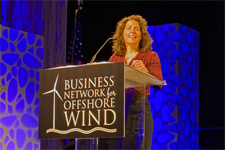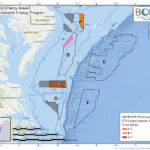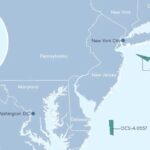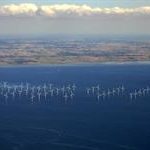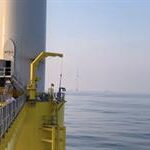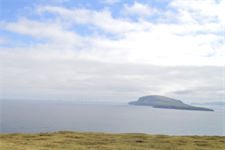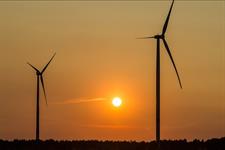US eyes offshore wind leasing in Oregon and floating in central Atlantic
Energy Disrupter
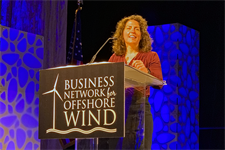
The US government is seeking interest in developing offshore wind farms in eight sites off the coast of Oregon and in the central Atlantic region – two of which would necessitate the use of floating platforms due to the sites’ deep waters.
BOEM director Amanda Lefton announced the plan at the International Offshore Wind Partnering Forum in Atlantic City, New Jersey. Since entering office, the Biden administration has announced key permitting approvals for several offshore wind farms and begun environmental surveys for new offshore sites as part of a bid for the US to reach 30GW of offshore wind power capacity by 2030.
Six of the newly proposed sites are in the central Atlantic region, off the coasts of Delaware, Maryland, Virginia and North Carolina, and cover a combined area of 15,772km2.
Two sites spanning the coasts of Maryland, Virginia and North Carolina would be built in deep waters necessitating floating platforms rather than fixed-bottom foundations.
The four shallower water sites begin about 37km off the coast, while the farthest offshore, deepwater site begins about 103km off the coast.
Meanwhile, the two areas off south-central and southern Oregon cover a combined 4,691km2.
BOEM plans to publish two separate calls for information and nomination for the east and west coast sites in the federal register tomorrow (29 April).
This will launch a comment period during which the public can submit relevant information on site conditions, marine resources, and ocean uses near or within the designated areas. Offshore wind developers will also be able to nominate specific areas they would like to see offered for leasing.
“The calls for information and nominations for Oregon and the central Atlantic provide an important avenue to solicit information as we identify potential areas that may be suitable for future offshore wind energy leasing,” said BOEM director Amanda Lefton.
BOEM aims to designate the zones as specific wind energy areas and carry out environmental reviews. It may then propose one or more competitive lease sales within the zones.
Oregon and the central Atlantic region are two areas BOEM had identified last year for possible lease sales by 2025. It had also identified California, the Gulf of Maine and the Gulf of Mexico as having potential for offshore wind development.

